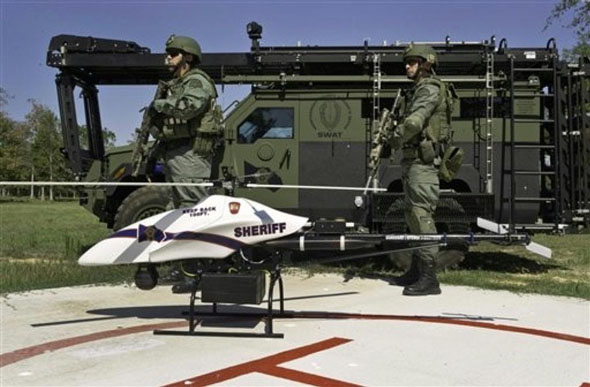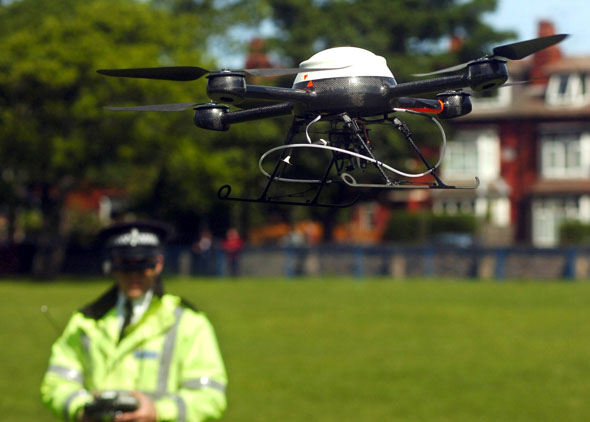

The International Association of Chiefs of Police (IACP) has adopted guidelines for the use of unmanned aircraft systems (UAS) in law enforcement applications. The guidelines provide law enforcement agencies an outline of how to use UAS safely and responsibly, and with respect to individuals’ privacy. The adoption of the IACP guidelines follows the recent adoption of AUVSI’s “Code of Conduct” for those who design, test and operate UAS.
“Unmanned aircraft could help law enforcement agencies with missions such as search and rescue or crime scene photography, often at a lower cost than manned aircraft.” Said Michael Toscano, president and CEO of the Association of Unmanned Vehicle Systems International (AUVSI). The more the law enforcement community, privacy advocates, government and other stakeholders work together to address issues such as privacy, the faster we can unlock the incredible potential of unmanned aircraft to help save time, save money and most importantly, save lives.” Toscano added.
The IACP guidelines cover community engagement, system requirements, operational procedures and image retention. They direct law enforcement agencies to engage with the community, specifically their governing body and civil liberties advocates, about how UAS will be used and protections put in place to uphold citizens’ rights. The guidelines also encourage notifying those living and working in the vicinity of aircraft operations, when possible. The guidelines call for a transparent implementation process for agencies desiring UAS, including a period of public comment.
The guidelines include specific steps law enforcement should take to respect the privacy of individuals:
- Where there are specific and articulable grounds to believe that the (unmanned aircraft) will collect evidence of criminal wrongdoing and if the (unmanned aircraft) will intrude upon reasonable expectations of privacy, the agency will secure a search warrant prior to conducting the flight.
- Unless required as evidence of a crime, as part of an on-going investigation, for training, or required by law, images captured by a UAS should not be retained by the agency.
- Unless exempt by law, retained images should be open for public inspection.
A poll conducted earlier this year by Monmouth University found strong public support for law enforcement’s use of UAS in search and rescue missions, tracking runaway criminals, protecting U.S. borders and controlling illegal immigration. Currently, however, fewer than 3% of law enforcement units have aviation assets because of the high operating costs of manned aircraft. UAS provide a cost-effective alternative. The Sheriff’s Office in Mesa County, Colo., operates an unmanned aircraft at the cost of $3.36 per hour, compared to $250 to $600 per hour for a manned aircraft. The purchase price of a UAS is also significantly less than a manned aircraft, costing about the price of a patrol car with standard police gear. The vast majority of UAS currently flying in the U.S. are small models that weigh less than 25 lbs and can fit in the trunk of a car.
AUVSI has also published a recent ‘code of conduct‘ for those who design, test and operate UAS.

















